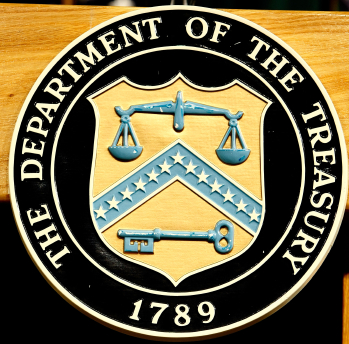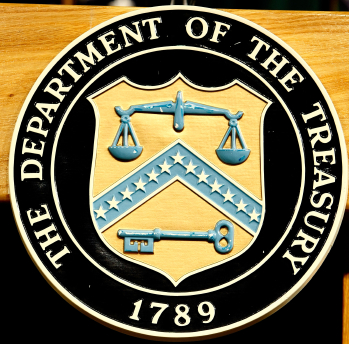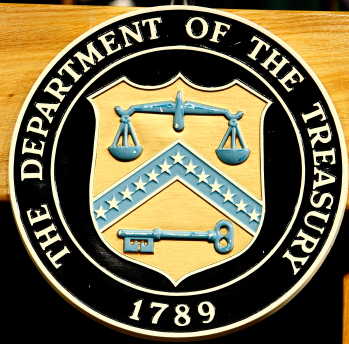
On September 22nd, The House of Representatives passed, by a vote of 253 to 173, HR 4 entitled “The Jobs for America Act of 2014” (hereinafter “JAA”) , which would simplify and make permanent the I.R.C. § 41 Research and Experimentation Tax Credit (hereinafter “RTC”) on a retroactive basis. JAA also includes several other provisions previously approved by the House of Representatives to extend retroactively and on a permanent basis bonus depreciation; I.R.C. § 179 expensing; select S corporation provisions; and to repeal retroactively the medical device excise tax.
Among other changes to RTC, the bill would increase the Alternative Simplified Credit methodology (hereinafter “ASC”) rate to 20% and eliminate the “Regular” methodology option under Section A of Form 6765. This action by the House of Representatives is part Read More



























Recent Comments